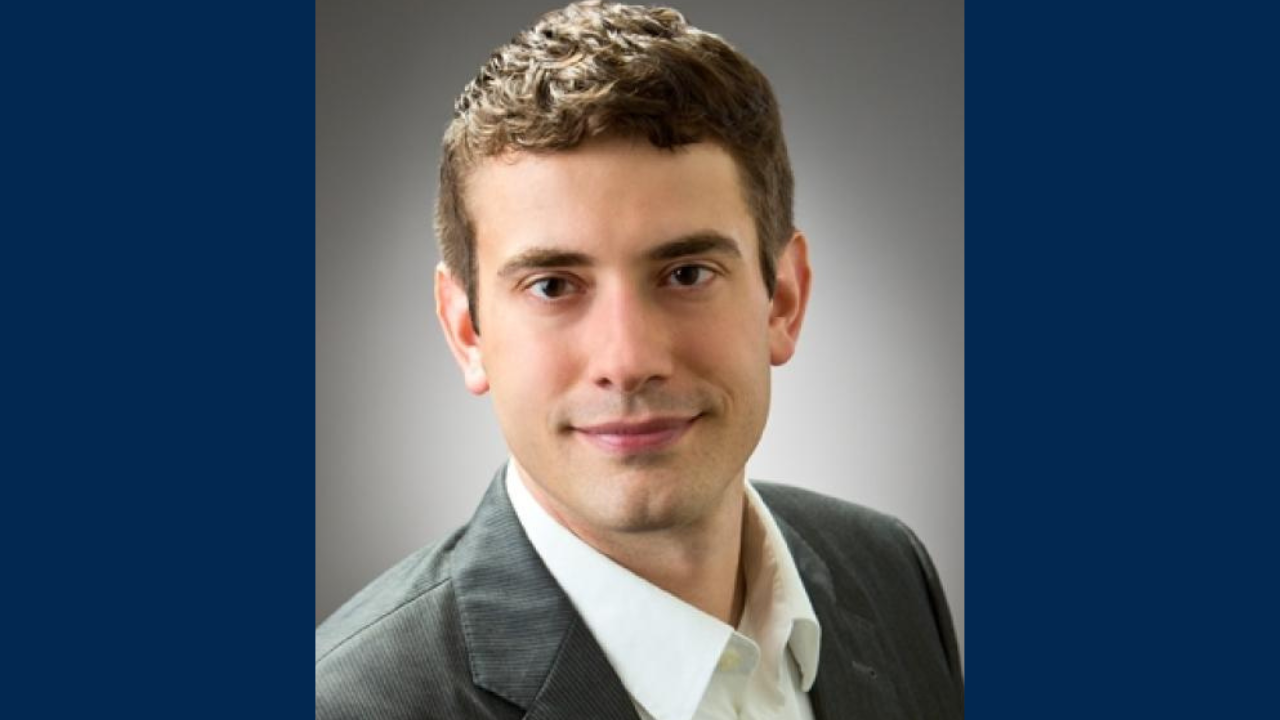Two Graduate Students Selected for U.S. Department of Energy Research Program
Abigail Hering and Hudson Shih, Ph.D. students in the Department of Materials Science and Engineering at the University of California, Davis, have been selected for this year's Office of Science Graduate Student Research, or SCGSR, program from the U.S. Department of Energy, or DOE.
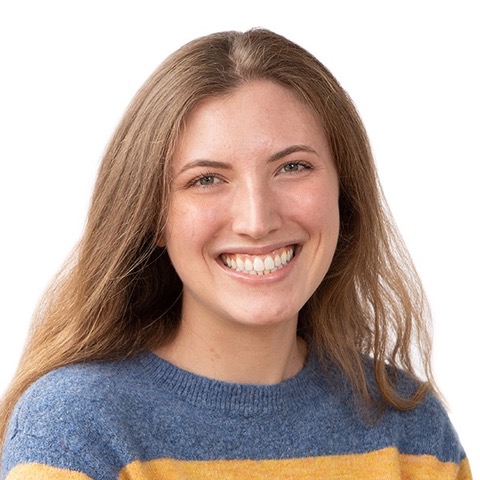
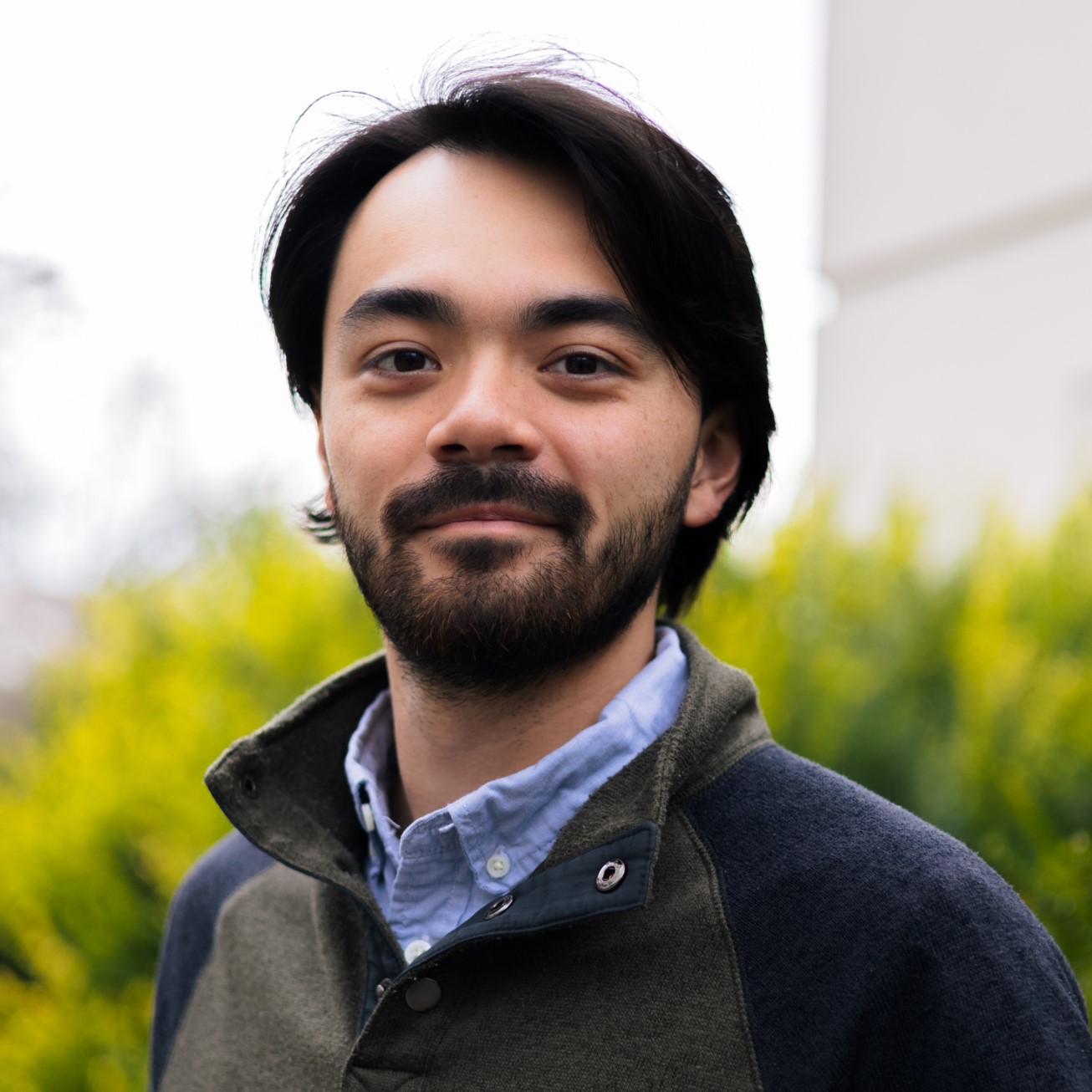
The SCGSR program provides opportunities for students to conduct part of their graduate thesis research at a DOE laboratory or facility in collaboration with a DOE laboratory scientist. Hering and Shih are two of the 86 awardees from 57 different universities who will conduct their research at national laboratories.
Abigail Hering
Hering, a third-year Ph.D. student, will be stationed at LBNL's Molecular Foundry, where she will work with Carolin Sutter-Fella, an LBNL staff scientist and expert in inorganic nanostructures, in her Materials for Energy Conversion lab to fabricate halide perovskite thin films using a fully automated robotic fabrication system called the SpinBot.
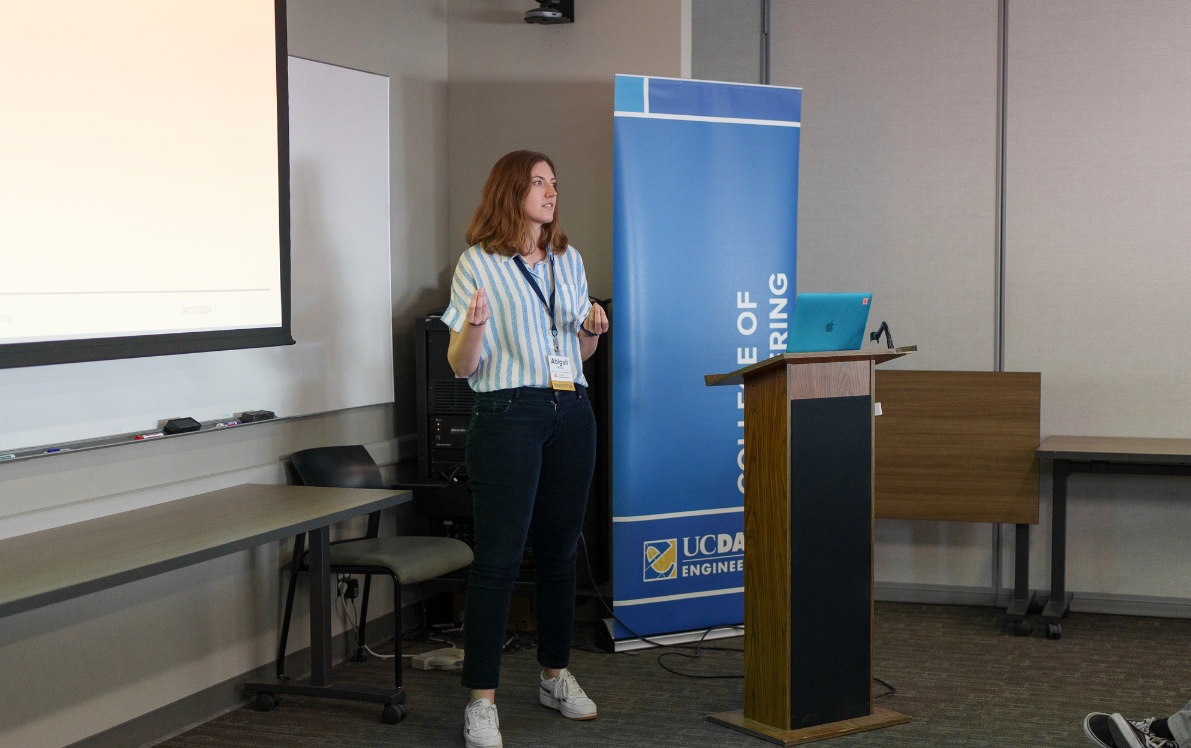
In her research in the Leite Lab, led by Professor of Materials Science and Engineering Marina Leite, Hering has focused on characterizing the optical properties of halide perovskites, which are promising materials for a renewable, reliable and low-cost alternative for solar cells. However, halide perovskites can degrade faster than silicon solar cells when exposed to environmental stressors like humidity, temperature, oxygen and light.
Using the SpinBot system, Hering will be able to fabricate more perovskite thin film samples with a higher degree of control and precision than she can at UC Davis. She will also be able to test the sample qualities immediately after creating them, creating large datasets that can then be analyzed using machine-learning models to predict and classify the degradations that occur.
"I am very excited about the opportunity to work in Dr. Sutter-Fella's lab and to be part of the collaborative and innovative environment of a national lab," said Hering. "The unique SpinBot system will allow me to advance my research significantly to understand the long-term stability of these materials, which is essential to their implementation as commercial solar cells."
Hudson Shih
Shih will conduct his residency at the Lawrence Berkeley National Laboratory, or LBNL, National Center for Electron Microscopy, or NCEM, where he will use high-resolution transmission electron microscopy, or TEM, to observe phase transitions in strontium cobaltite.
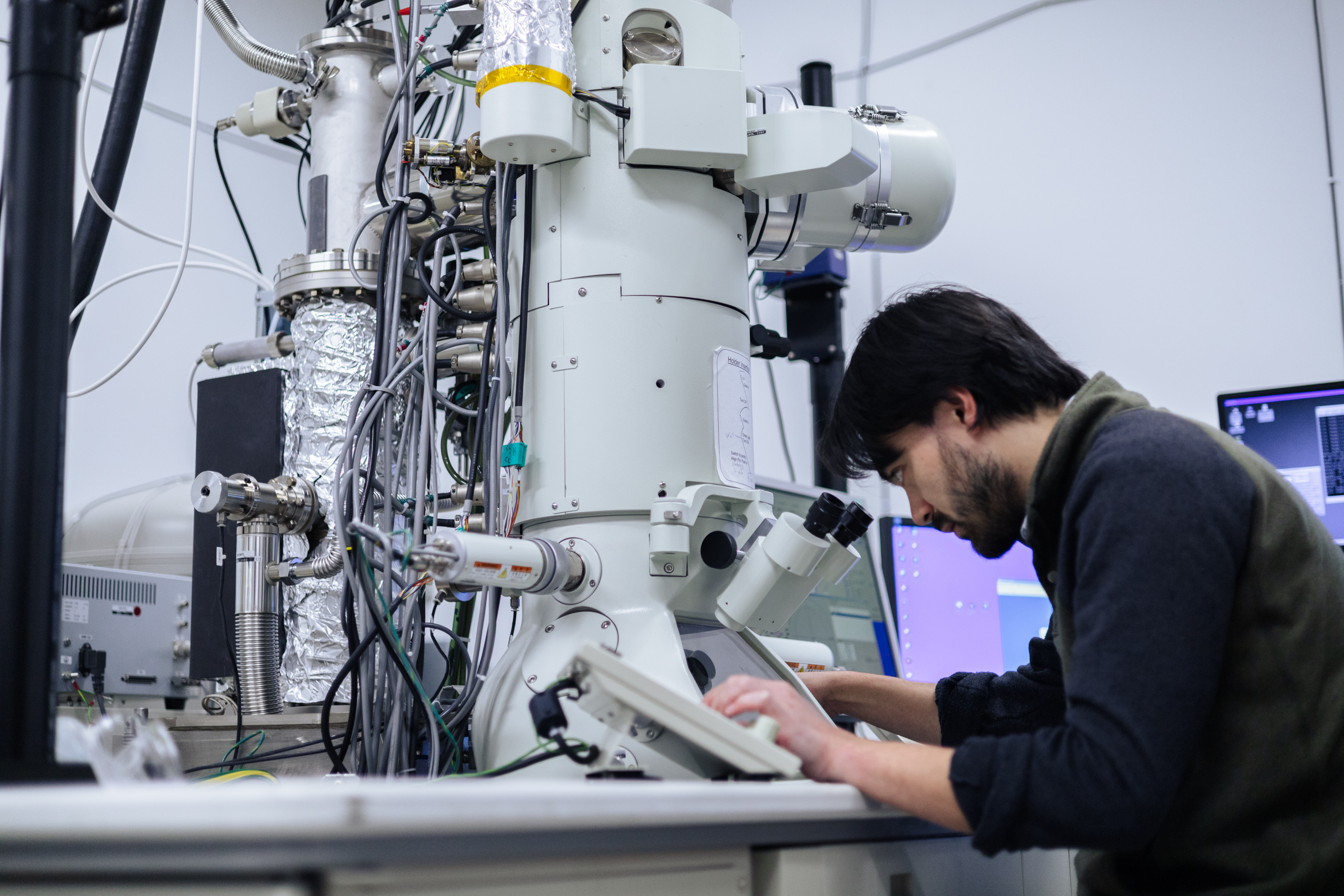
Using advanced TEM techniques such as in-situ TEM and 4D-STEM, Shih aims to deepen the understanding of how oxygen diffusion facilitates the transition between transition phases, which could lead to informing the design of strontium cobaltite oxide-based memristors, themselves promising candidates for dense memory systems in neuromorphic computing.
Shih, who is in his fourth year pursuing his Ph.D. under the advisement of materials science and engineering professors Yayoi Takamura and Seung Sae Hong, looks forward to working with the researchers at NCEM, who have the knowledge and expertise with these specialized techniques.
"I am excited to work with experts like Rohan Dhall and Colin Ophus at NCEM who are among the best microscopists in the world," Shih said. "NCEM is known for its pioneering role in electron microscopy, particularly in deploying cutting-edge techniques like 4D-STEM."

